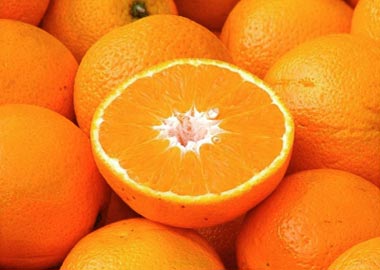2004: Doped Semiconductors:
The discovery of superconductivity in boron-doped diamond has merged two fields, which had thus
far remained separated: semiconductivity and superconductivity. After boron-doped diamond,
with Tc as high as 11 K, also boron-doped silicon and SiC (silicon carbide) have been shown to be superconducting.
A nice review of the state-of-the art in the field, written by E. Bustarret, can be found here.
Soon after the discovery of superconductivity in boron-doped diamond, we have used linear-response
calculations to investigate the electron-phonon interaction in doped diamond, silicon and germanium
using the Virtual Crystal Approximation(VCA), and have shown that diamond can be seen as a 3D version of MgB2,
i.e. that superconductivity occurs due to a strong interaction between bond-stretching phonons and holes
in the sigma bonding bands. We have predicted that also Silicon would be superconducting, with a lower Tc, which has
been observed three years later.
Furthermore, we have used Migdal-Eliashberg theory to calculate the normal and superconducting state properties
of diamond.
It is now generally believed that superconductivity in boron-doped diamond is of electron-phonon origin,
even though later calculations have shown that localized boron modes, which cannot be described in the VCA,
play an important role in the pairing.
My papers on the subject:
L. Boeri, J. Kortus, and O. K. Andersen,
"Three-Dimensional MgB2-Type Superconductivity in Hole-Doped Diamond"
Phys. Rev. Lett. 93, 237002 (2004).
"Electron-phonon superconductivity in hole-doped diamond: A first-principles study",
L. Boeri, J. Kortus, and O. K. Andersen, Journ. of Physics and Chemistry of Solids 67, 552 (2006).
"Normal and Superconducting State Properties of B-doped diamond from First-Principles",
L. Boeri , J. Kortus, O.K. Andersen, to be published in ``Science and Technology of Advanced Materials.
